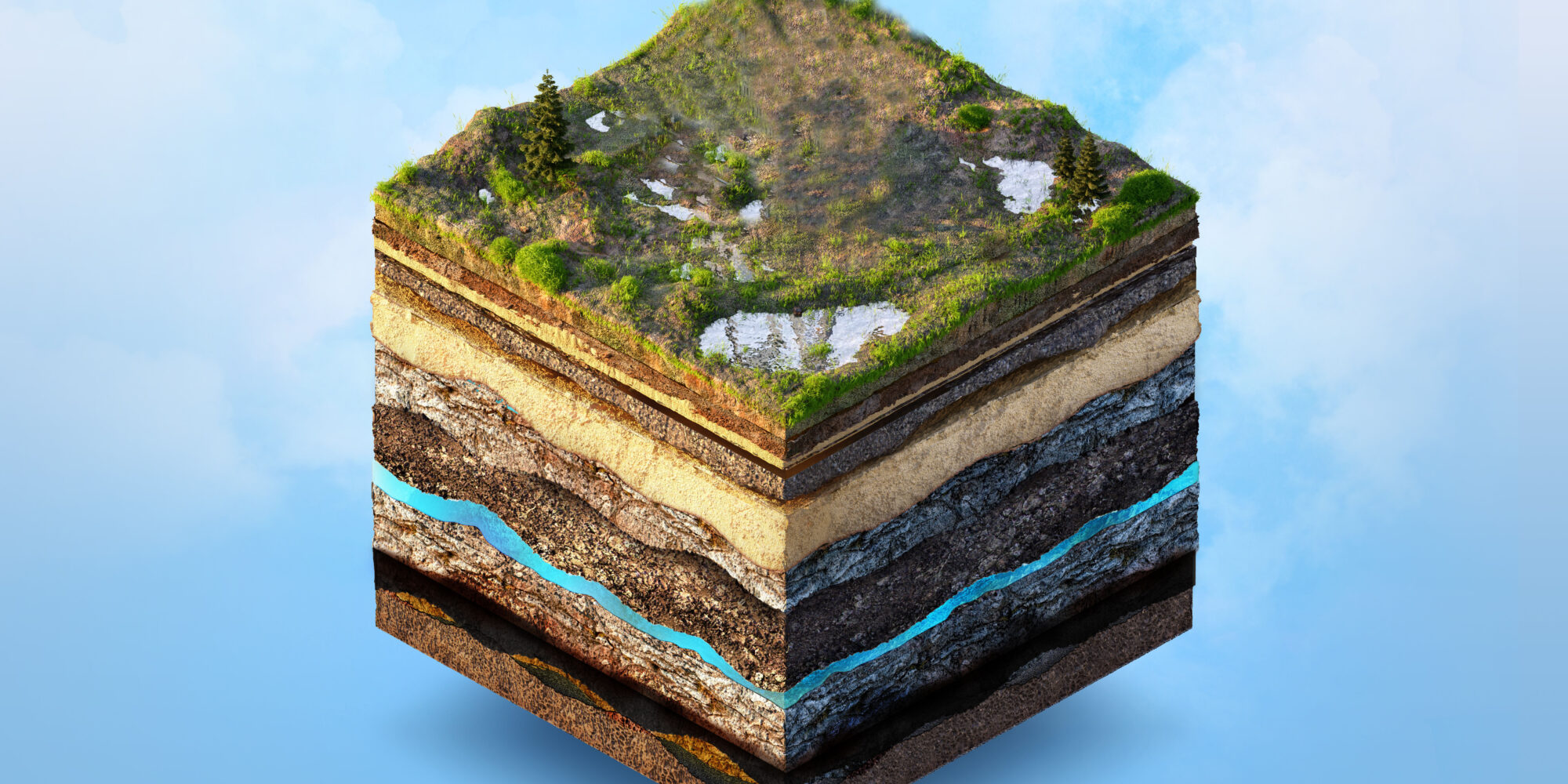Cutting-edge Uses Geotheta in Modern Geotechnical Technique
Cutting-edge Uses Geotheta in Modern Geotechnical Technique
Blog Article
Diving Into Geotechnical Services: the Essential Duty of Soil Evaluation, Earthquake Danger Assessment, and Geosynthetics in Structure Sustainable and Safe Structures
Dirt evaluation, quake risk evaluation, and the application of geosynthetics are important elements that make certain the integrity and longevity of buildings. By comprehending the structure of the soil, anticipating seismic threats, and including ingenious materials, designers can minimize threats and improve the resilience of facilities.

Significance of Dirt Evaluation
Understanding the value of dirt analysis is crucial in ensuring the architectural honesty and security of any building job. Dirt evaluation gives important information regarding the dirt make-up, toughness, and potential threats that may influence the structure of a framework. By conducting complete soil analysis, engineers can figure out the suitable structure layout, building and construction approaches, and required safety measures to reduce any type of possible risks.
Among the key reasons soil evaluation is essential is its function in identifying soil buildings that might influence the stability of a structure. Elements such as dirt bearing ability, settlement qualities, and water material can dramatically affect the structural efficiency of a building task. Without appropriate soil analysis, the foundation might go to risk of settling erratically, bring about architectural damages or also collapse gradually.
In addition, soil evaluation helps in analyzing the threat of all-natural calamities such as floods, landslides, or earthquakes. By comprehending the soil's behavior under various problems, engineers can carry out suitable actions to boost the strength of the framework and make certain the security of owners. geotheta. Finally, dirt analysis is an essential step in the construction process that must never be ignored
Assessing Earthquake Risks
Given the vital function of soil analysis in determining structural stability, it is crucial to likewise assess earthquake risks when preparation and building buildings and facilities. Quake threat evaluation entails assessing the prospective seismic risks that a website might deal with based upon its place and geological characteristics. This procedure assists engineers and developers comprehend the degree of risk presented by earthquakes and help in creating frameworks that can endure such events.
Evaluating earthquake risks typically entails examining historic seismic activity in the area, identifying the site's distance to fault lines, and examining the soil make-up to predict exactly how the ground will reply to seismic waves. By performing a comprehensive earthquake danger evaluation, designers can implement ideal mitigation measures, such as including seismic-resistant layout features right into buildings, to boost their durability versus earthquakes.

Role of Geosynthetics
Geosynthetics play an important duty in boosting the efficiency and durability of civil engineering structures. One vital aspect of geosynthetics is their support capacity, where they can enhance the toughness of soils, providing improved support for roadways, embankments, and maintaining walls.
They are also made use of in drainage applications to facilitate the reliable flow of water, protecting against saturation and erosion of dirt. In addition to their technical features, geosynthetics are valued for their sustainability, as they can lower the demand for natural resources and reduced building and construction expenses.
Structure Sustainable Structures
The implementation of environmentally aware practices in construction is essential for promoting the development of sustainable structures. Building sustainable frameworks entails making use of materials and layout strategies that minimize environmental effect, decrease power consumption, and advertise lasting durability. Including lasting techniques such as using recycled products, optimizing power effectiveness, and carrying out eco-friendly structure qualifications like LEED can dramatically improve the ecological performance of a structure.
One secret element of structure sustainable frameworks is the efficient usage of resources. This includes making buildings that optimize all-natural light, ventilation, and insulation to reduce the dependence on man-made lighting, heating, and cooling systems. In addition, incorporating renewable resource resources such as photovoltaic panels or wind generators can better lower the carbon footprint of a structure while additionally possibly reducing long-lasting energy costs.
Moreover, sustainable frameworks typically prioritize water preservation by including functions like rain harvesting systems, low-flow fixtures, and drought-resistant landscape design. By adopting these ecologically pleasant techniques, building and construction jobs can not just reduce their environmental impact however additionally add to developing healthier and a lot more durable developed settings for future generations.
Ensuring Security in Building And Construction
In the realm of lasting building techniques, a fundamental priority is making sure the security of all workers included in the building process. Safety and security in building and construction includes numerous facets, including the use of proper individual protective devices (PPE), adherence to safety methods, routine training on hazard recognition and mitigation, and the application of emergency situation feedback plans.

Verdict
In verdict, soil analysis, quake danger evaluation, and the usage helpful resources of geosynthetics play critical roles in making sure the sustainability and safety and security of frameworks. By understanding the residential properties of dirt, examining quake dangers, and making use of geosynthetics for reinforcement, engineers can develop frameworks that are both long lasting and durable. It is necessary for building and construction specialists to focus on these geotechnical services to develop sustainable and secure buildings for the future.
Dirt analysis, quake risk assessment, and the implementation of geosynthetics are important components that guarantee the stability and durability of buildings. Dirt evaluation supplies vital info regarding the soil composition, stamina, and prospective risks that may impact the structure of a framework.One of the key reasons soil analysis is vital is its function in recognizing soil homes that can influence the stability of a building.In final thought, dirt analysis, earthquake risk analysis, and the usage of geosynthetics play vital roles in guaranteeing the sustainability and safety and security of structures. By recognizing the residential or commercial properties of dirt, reviewing earthquake Web Site dangers, and making use of geosynthetics for support, designers can build frameworks that are both resistant and durable.
Report this page